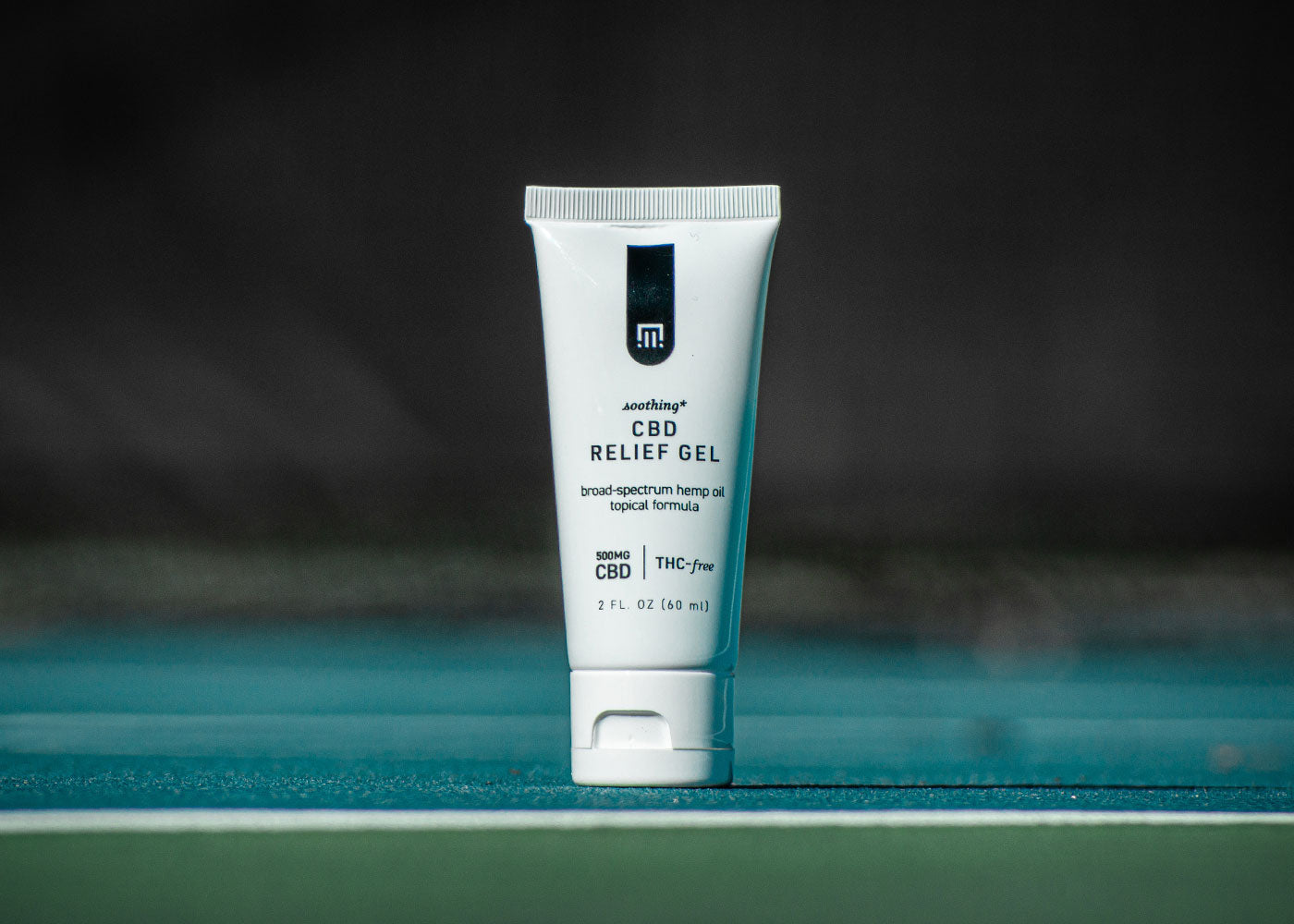Everything You Need to Know About CBD and the Endocannabinoid System
The endocannabinoid system exists in every mammal — from humans and horses to cats and dogs. Cannabinoids are chemical compounds that mammals (endocannabinoids) and plants (phytocannabinoids) naturally produce. Cannabidiol (CBD) is a phytocannabinoid produced by hemp and cannabis plants.
Endocannabinoids serve a homeostatic role in the body which produces them within (endogenously) regardless of hemp or cannabis use. They create balance by regulating many bodily functions including learning and memory, emotional processing, sleep, temperature control, pain control, inflammatory and immune responses, and eating.
While, phytocannabinoids act on a variety of receptors throughout your body (e.g. endocannabinoid receptors, g-coupled protein receptors (GCPRs), transient-receptor potential (TRP) channels, certain serotonin receptors, and peroxisome proliferator-activated receptor (PPAR) alpha and gamma), they act on the ECS via CB1 and CB2 receptors.
However, many experts have proposed expanding the definition of the ECS to include the additional aforementioned receptors as well as the enzymes that metabolize cannabinoids. This updated definition is commonly referred to as the "expanded endocannabinoid system" or the "endocannabidiome."
What is the Endocannabinoid System?
The ECS is found throughout a variety of life forms (even in organisms as simple as the Hydra, which is a genus of invertebrate species!). Insects are the key exception to this rule, as they do not have endocannabinoid systems.
The ECS is comprised of a large network of receptors throughout your body. CB1 receptors are primarily found in the nervous system (your brain and spinal cord), whereas CB2 receptors are located throughout your peripheral organs and immune system. Both receptors are essential for maintaining homeostasis.
How Does it Work?
Endocannabinoids, ECS receptors, and certain enzymes each work differently but together to maintain the endocannabinoid system. Your body produces endocannabinoids that act on CB1 and CB2 receptors, which are then broken down by specific enzymes.
Phytocannabinoids — such as tetrahydrocannabinol (THC) — are also partial agonists (initiators) of CB1 and CB2 receptors. This means that THC binds to ECS receptors but only produces a response partially. Other phytocannabinoids, like cannabinol (CBN) are weak agonists at CB1 and CB2 receptors, meaning the response they produce is weak.
CBD is neither an agonist nor antagonist at CB1 and CB2 receptors. Rather, it is a negative allosteric modulator. In other words, CBD changes the response of stimuli at CB1 and CB2 receptors.
A negative allosteric modulator decreases the response of stimuli at a receptor, whereas a positive allosteric modulator increases the receptor's stimuli response.
Choose CBD Products Wisely
Although CBD is widely available these days, not all CBD products are made equal. Make sure to carefully read the ingredients label and verify the certificate of analysis (COA) of every product you buy!
Here at millie, our CBD is quality ensured and sourced from the USA. We have no secrets to keep from you, and we’re more than happy to show you what makes us different. We’re confident you’ll love our products just as much as we do. Click the button below to shop our CBD products.
In Conclusion
The endocannabinoid system is a critical biological system found throughout a variety of mammalian life. Regardless of your cannabis use, the endocannabinoid system produces endocannabinoids that regulate and control bodily functions that we depend on every minute of every day.
The phytocannabinoids produced by cannabis and hemp plants interact with the ECS and other receptors beyond this system in a variety of ways. Learning more about CBD and its interactions with the ECS lays the perfect foundation for you to continue exploring hemp-derived products and their uses.
The statements made regarding these products have not been evaluated by the Food and Drug Administration. These products are not intended to diagnose, treat, cure, or prevent any disease.
References
- Abioye, A., Ayodele, O., Marinkovic, A., Patidar, R., Akinwekomi, A., & Sanyaolu, A. (2020). Δ9-Tetrahydrocannabivarin (THCV): a commentary on potential therapeutic benefit for the management of obesity and diabetes. Journal of Cannabis Research, 2(1). DOI:10.1186/s42238-020-0016-7
Backes, M., & Md, W. A. (2017). Cannabis Pharmacy: The Practical Guide to Medical Marijuana -- Revised and Updated (New). Black Dog & Leventhal.
Di Marzo, V., & Piscitelli, F. (2015). The Endocannabinoid System and its Modulation by Phytocannabinoids. Neurotherapeutics, 12(4), 692–698. DOI:10.1007/s13311-015-0374-6
Gülck, T., & Møller, B. L. (2020). Phytocannabinoids: Origins and Biosynthesis. Trends in Plant Science, 25(10), 985–1004. DOI:10.1016/j.tplants.2020.05.005
Morales, P., Hurst, D. P., & Reggio, P. H. (2017). Molecular Targets of the Phytocannabinoids: A Complex Picture. Progress in the Chemistry of Organic Natural Products, 103–131. DOI:10.1007/978-3-319-45541-9_4
Silver, R. J. (2019). The Endocannabinoid System of Animals. Animals, 9(9), 686. DOI:10.3390/ani9090686

